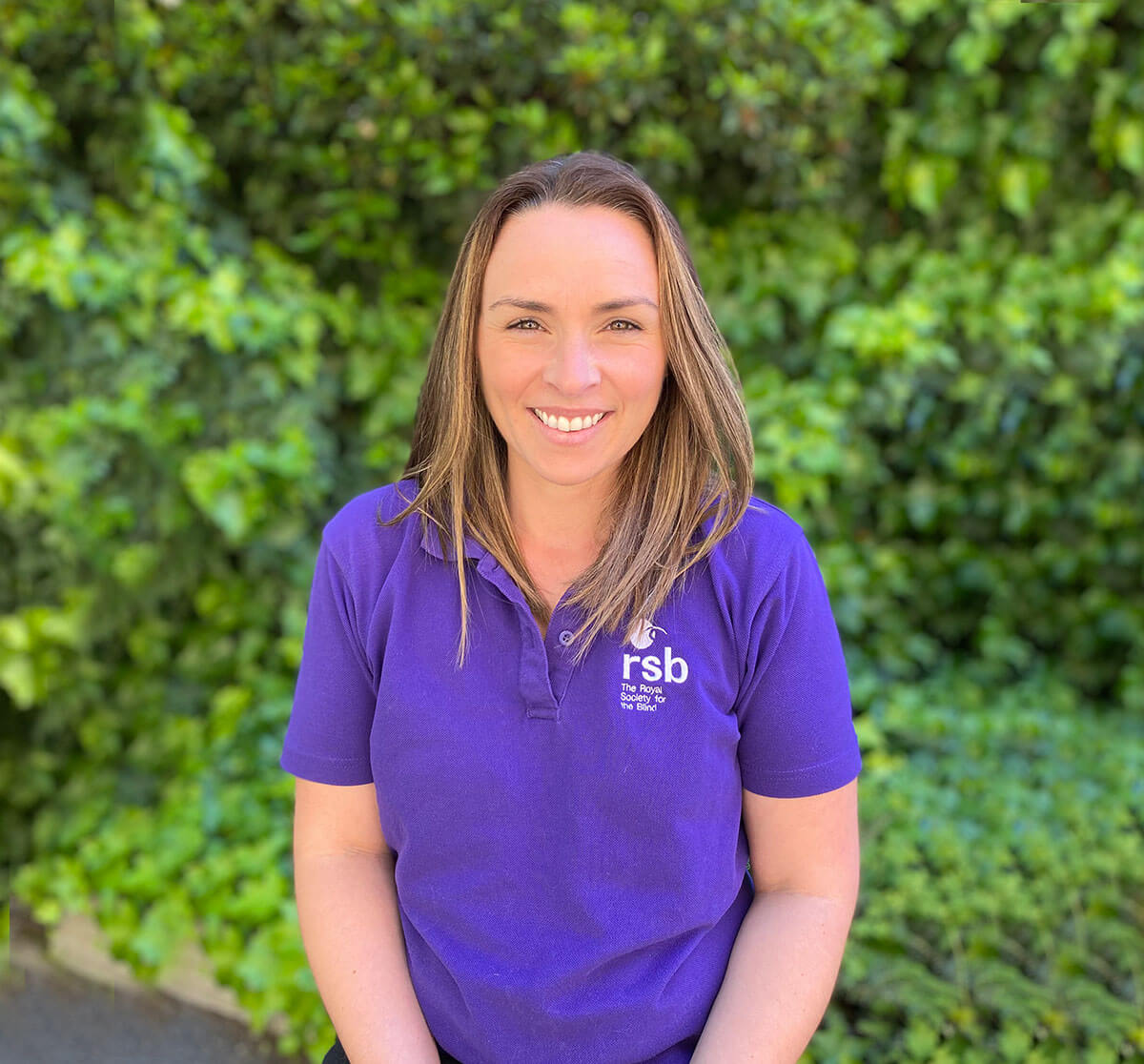
Retinitis Pigmentosa (RP) is a degenerative, inherited eye condition which affects the retina, resulting in progressive vision loss. Several layers of cells form the retina. These include rod and cone cells. Their function is to receive and turn light into electrical impulses which pass along the optic nerve to the brain, enabling sight to occur.
How does it affect sight?
In some cases people experience tunnel vision. This is because the rod cells at the outer edge of the retina have begun to die. Tunnel vision can be compared to looking through a pipe or tube. Sometimes vision loss is central, leaving side vision intact. Other major symptoms include poor night vision and difficulty with glare.
Who is susceptible?
Those with RP are born with a genetic condition which results in sight loss later in life. Although it is hereditary, there are types which will skip several generations, so it may be difficult to trace in the family. Recessive RP may appear ‘out of the blue’ with no family history.
After diagnosis of RP
The rate of rod and cone failure is different in most people, so it is difficult to tell how the condition will progress. For some people vision loss can take place slowly during many years.
Sometimes the loss is quick, following years of no apparent deterioration. It is possible to cope with the limitations and frustrations caused by RP. World wide research aimed at finding a cure for RP is making good progress.
Who can help?
The first step is to see an eye specialist without delay. Should the specialist feel that you can be assisted by See Differently, they will refer you.
See Differently helps you to make the most of your remaining sight. Service and products include:
- low vision assessment;
- magnification aids;
- information;
- counselling;
- equipment and games (eg. talking clocks and large print playing cards).














